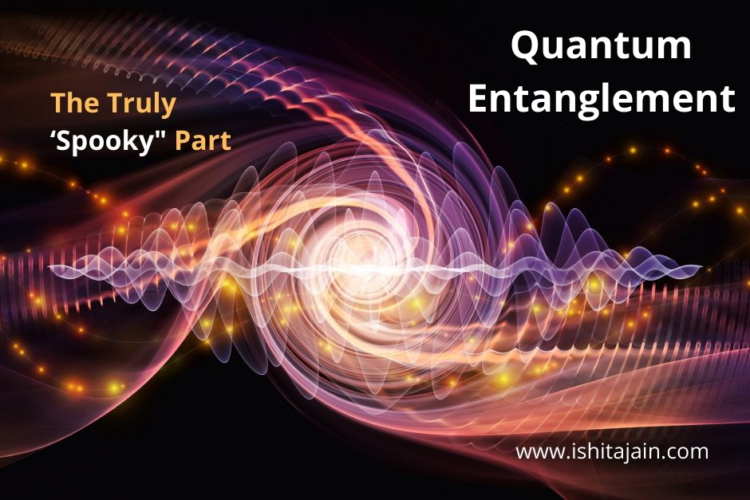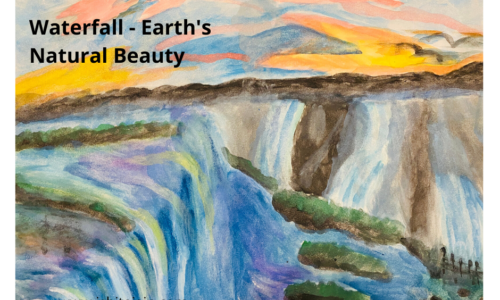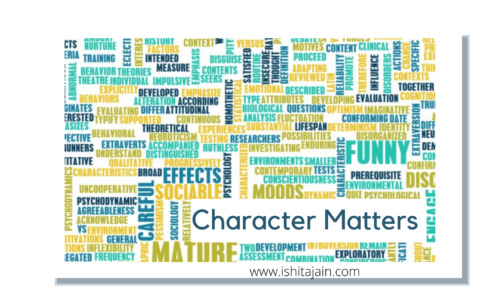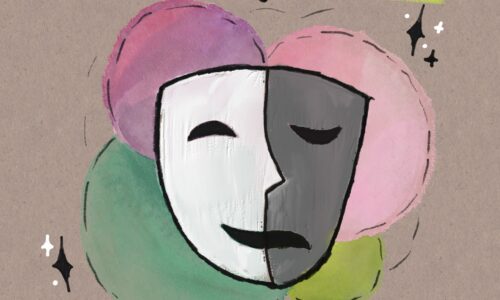Here is my fifth article in my quantum mechanics series. It supersedes my posts: “Taking A Look At Quantum Entanglement”, “Figuring Out The Heisenberg Uncertainty Principle”, “Applying The Schrödinger’s Cat Paradox To Everyday Life” and “Experimenting With Entanglement In Bose-Einstein Condensates”. If you haven’t read them already, please make sure you do. In this article, we will be further examining the behaviour of particles in the quantum entanglement state – but most importantly, we will be looking at ways in which particles can so called ‘reach out of the grave’. New research has proven more things about the links that particles share and can show just how exactly they work in odd ways. Prepare to be amazed!
~~~~~
The quantum entanglement link has broken… but can benefits still survive? What if one of the particles doesn’t exist? Can quantum entanglement remain?
Quantum entanglement is quite a phenomenon and is extremely useful for many applications such as Quantum computing or Quantum cryptology. However, quantum entanglement is extremely delicate – anything can destroy the connection. Physicist Seth Lloyd from the Massachusetts Institution of Technology (MIT) has discovered something groundbreaking in relation to Quantum Illumination which is using the benefits of particles, in this case specifically photons, to use lighting. Something many people have probably heard of is flash-photography, which became really famous back in the 1960s. How does it work?
Well, a flash of light is emitted from the camera and photons come from the object being imaged towards the camera. Photons are light particles so they would travel through the light. With stray photons, things such as noise distraction can disrupt the path of the photons and end up giving you a fuzzy image. However, with entangled photons, the image should come clearer because the particles can, in a way, communicate with each other. This could prove really handy in the filming industry since then they could produce better quality photos and videos for commercials and even movies. When tested, unexpected results were yielded. Before doing the proper calculations, Loyd was afraid it would not work because of the delicate state of quantum entanglement. However, that is what made it work. The quantum entanglement link would break, but the photo would still come really clear. How? Has quantum entanglement emerged from beneath the grave, or is something else causing this to happen.
Well, as we learned about in my previous articles, particles are a concoction of several states also known as superposition. So, when quantum entanglement ends, most of the states lose the entanglement, but some of them still have them, kind of like a memory. It is this tiny bit of quantum entanglement that survives that makes the clear flash-photos possible. With this, many things are possible – the precision of x-rays, radars, visual microscopy and telecommunications by a lot. It would also help make more covert military scanners since they can function with a weaker signal, making them less likely to be detected by opposing troops. Who knew that quantum illumination could be used for this many things?
After exploring quantum illumination, one question remains. If one particle doesn’t even exist in the present, then surely there will be no quantum entanglement. Right? Scientists prove otherwise. Here’s a good example from Clara Moskowitz: Two pairs of particles are entangled. One particle from each pair goes to Victor and out of the ones remaining, one goes to Bob and one goes to Alice. Victor basically now has control over both of their particles. So if Victor entangles the two particles he has, Bob and Alice’s particles would automatically get entangled with each other. This will always happen, even if Bob and Alice have measured their particles or even destroyed them. This is how quantum entanglement can reach into the past and is extremely efficient for computers to share information. So, when comparing the quantum world to the macroscopic world, Albert Einstein was essentially right – quantum entanglement is spooky action at a distance.
Extra: Photographed Image of Link Between Particles



